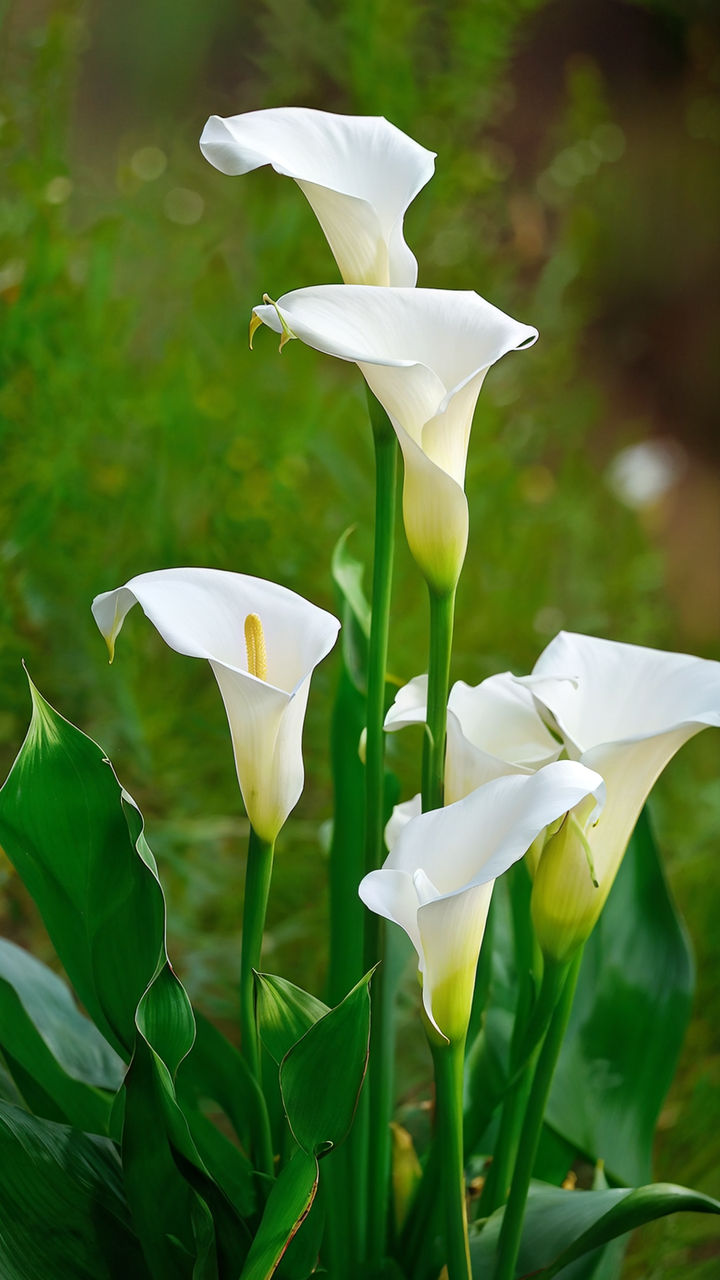Showing all 16 results

Orange Vibe: Flowers for Joy
$145.00
Sabrina: flower arrangement
$255.00
Calla Lilies Arrangements
$235.00
Pink Burst: Flower Arrangement
$185.00
The calla lily emerges as a symbol of refinement among flora. Native to Southern Africa and known scientifically as Zantedeschia aethiopica, this plant, part of the Araceae family, differs from true lilies. Celebrated for its sleek, horn-shaped blossoms and glossy foliage, the calla lily has become a cornerstone in both landscape design and floral artistry.
These blooms represent purity and allure, often selected for nuptials and ceremonial gatherings. Beyond the classic white, the calla lily dazzles with a spectrum of shades including rich violet, vibrant tangerine, and delicate rose. Each color contributes to the flower’s sophisticated demeanor.
This section explores the calla lily’s enchanting traits, emphasizing its varied hues and the meanings tied to each. Grasping these elements allows enthusiasts and horticulturists to acknowledge the calla lily’s multifaceted nature, enhancing its significance beyond mere visual appeal.
Successful cultivation of calla lilies hinges on meeting their specific requirements. These blooms favor well-aerated soil and locations with partial to abundant sunlight. Planting calla lilies involves burying the rhizomes around 4 inches deep and spacing them about 12 inches apart, ensuring sufficient space for expansion.
Irrigation is pivotal in calla lily upkeep. These plants prosper with steady hydration but are prone to root decay in soggy conditions. Regular application of a balanced, liquid fertilizer during growth periods markedly boosts their bloom and vigor.
Mulching aids in preserving soil hydration and temperature. In cooler regions, uprooting and storing the rhizomes in a frost-free zone during winter is vital for their endurance. This method safeguards the lilies from severe weather, readying them for replanting come spring.
This section guides readers through the crucial steps of planting, hydrating, and nourishing calla lilies. Adhering to these recommendations, gardeners can ensure the robust growth and striking blossoms of these graceful flowers.
Maintaining the health and brilliance of calla lilies involves advanced nurturing and troubleshooting. Vigilance against pests like aphids and spider mites is essential. Combatting these intruders with insecticidal soap or neem oil keeps the plants robust and flawless.
Diseases such as root rot and fungal ailments threaten calla lilies, particularly in damp environments. Enhancing drainage and averting water stagnation are crucial preventative strategies. If disease symptoms emerge, excising affected areas and applying suitable fungicides can rescue the plant.
Pruning is integral to calla lily maintenance. Eliminating wilted blooms and yellowed leaves not only improves the plant’s look but also stimulates further flower production. Post-bloom, reducing watering encourages dormancy, a restorative stage for the plant.
This section provides readers with advanced care insights and solutions for prevalent issues in calla lilies. Mastering these methods allows gardeners to relish the refined elegance of calla lilies, ensuring these captivating flowers remain a focal point in their gardening pursuits.
Viva Flowers, Inc
Flower Shop in Boca Raton
491 NE 20th St Boca Raton , Fl 33431
Sunday – Friday 8-30 a.m. to 6-00 p.m
Saturday 9 a.m. – 4 p.m.